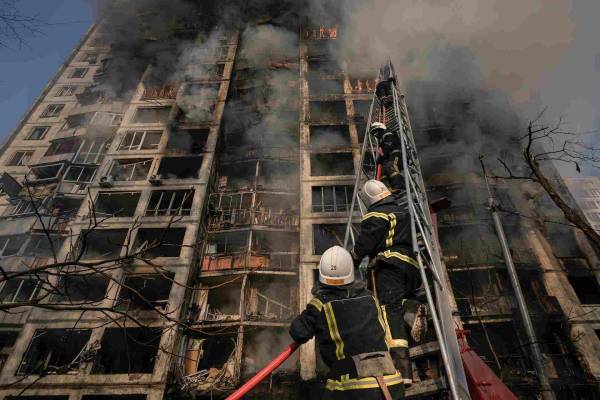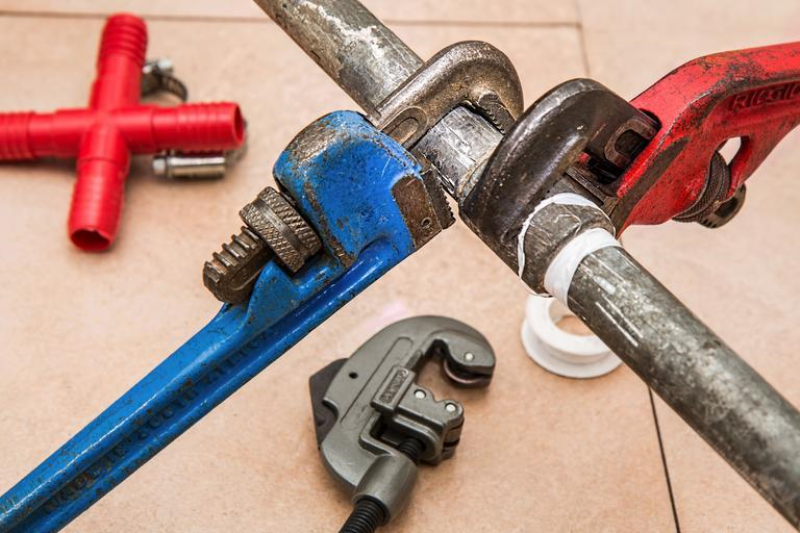More than 1000 fire accidents occur in Australia during winter accounting for almost 200 fire injuries. While it takes about a couple of minutes for a fire to turn everything into ash, preventive measures, if taken timely can control it within seconds.
Almost 73 per cent of Australians engage in activities that increase fire risk at homes during winter. This is why the number of home fires typically spikes by 33 percent during winter compared to summer or spring.
To stay warm and cosy, you might often overlook things that can become a potential fire hazard. So, to prevent such mishaps, here is a comprehensive guide to maintaining fire safety during winters.
Fire Safety Practices for Winter Months
Fire safety is vital throughout the year. However, you have to be extra careful during the winter months. The chilly weather and less daylight force us to use more electricity and heating devices than we are likely to use during the rest of the year.
Moreover, everything dries out during the winter, becoming a fire hazard. Most of these fire risks can be prevented easily. Here are some fire safety pointers that will come in handy during the cold season.
1. Maintain Your Fire Safety Equipment:
A tiny spark of fire has the potential to devastate an entire building overnight, compromising the safety of the occupants as well. Therefore, installing and maintaining fire safety equipment must be on the top of your list as a business owner.
There are many reputed fire protection companies in the market offering not only fire safety equipment but also conducting training sessions for employees. These fire experts will inspect your commercial facility to identify potential fire risks and resolve them with the help of fire suppression systems.
Getting the right tools is just half the job done. You also must get the equipment routinely inspected to ensure that it functions properly when a fire breaks out. Fire protection experts also conduct monthly inspections of fire suppressants, extinguishers, alarms, smoke detectors, and evacuation plans to maintain workplace safety.
2. Prevent Electrical Fires:
Given that you use more light and heaters during winters can result in overheating. The simple way to prevent overheating is to ensure the wattage of the bulb you plug in is suitable for the sockets. Using electrical sockets that cannot handle the bulb power will not only cause overheating but can start an electrical fire through short-circuiting. Additionally, try to avoid extension cords as much as possible. It is one of the primary sources of electrical fires in every season.
3. Get Rid of Combustible Material:
Clear away all non-essential flammable and combustible material from your commercial facility. Also, ensure that the emergency exit is not blocked and can be easily accessed during fire hazards.
If you have to store flammable materials in the storehouse, warehouse, or office, use appropriate fire suppression systems to lessen the risk of fire damage. You can use the traditional sprinkler system or use gaseous or chemical fire suppressants to contain the fire.
4. Get a Functioning Smoke Alarm or Heat Detector:
Suppose you and your employees are neck-deep into work, only to notice the fire when it is too late. What do you do then? Smoke alarms and heat detectors warn you of a fire breaking out in the initial stages, for you to take the necessary steps to contain it.
These alarms are life savers as they give you the time needed to execute the actions that can save the lives of your employees and prevent property damage. Moreover, Australian building codes make it mandatory to install smoke alarms in the smallest of commercial buildings.
These smoke alarms come with a sensor that detects smoke and warns everyone. Sometimes smoke alarms are connected to the sprinkler system to ensure a rapid response and help reduce the impact or even control a fire.
5. Develop Proper Evacuation Plans:
Like fire equipment, the Australian government also mandates the development of a proper evacuation plan, complete with emergency exit signs for all commercial facilities. Sometimes, despite our best efforts, fires can go out of control.
In such situations, it is better to evacuate the facility and wait for the fire department to arrive at the scene. With a proper evacuation plan, the employees and customers will know what to do and where to go if a fire breaks out.
In Conclusion:
A small fire can brave the cold chilly weather and turn into a disaster within seconds. Follow the tips mentioned above and take the help of fire protection companies to keep your office fire safe.
Also Read: Angular Interview Questions And Answers









